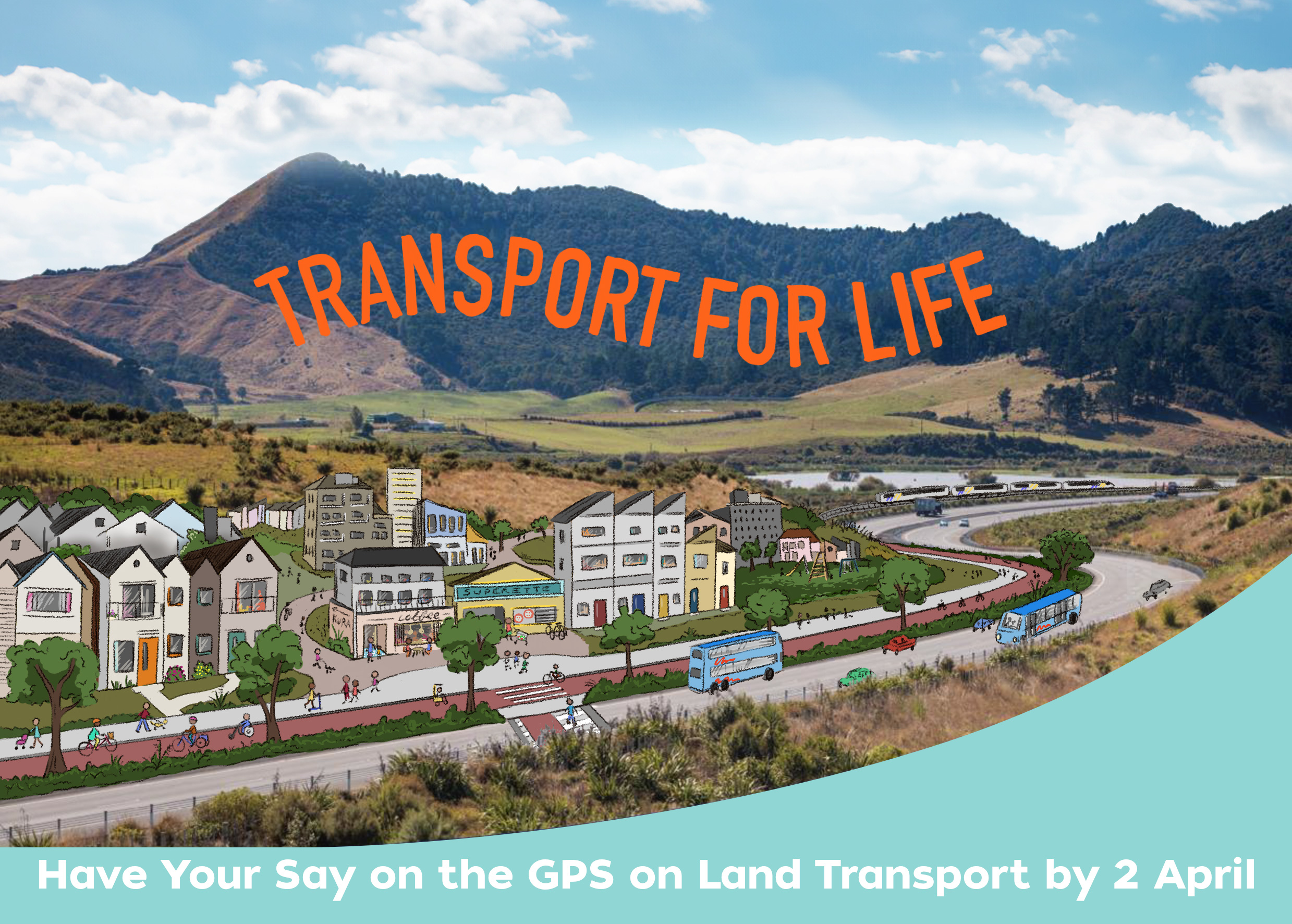 Here’s a somewhat counter-intuitive proposal from a UK transport consultant: concentrating our cycle promotion on “everyday folks” might be less effective in growing and normalising cycling than targeting cycling subcultures!
Here’s a somewhat counter-intuitive proposal from a UK transport consultant: concentrating our cycle promotion on “everyday folks” might be less effective in growing and normalising cycling than targeting cycling subcultures!
Basing her think piece on marketing and innovation research, Charlotte Welch argues that cycling promotion should concentrate on the innovators (the first 2.5%) and particularly the “early adopters” (the next 13.5%) of the whole population, rather than trying to reach the “early and late majority” folks – the “everyday cyclists” in CAA parlance.
According to this theory, spreading a product or an idea – including something like cycling – works best when you have the forward-thinking, cool and innovative people be your ambassadors. These people then eventually convince the majority to adopt the idea – because they give them a feeling that they are missing out. Because most everyone of us has one of those early adopters around, either in the family, or amongst our friends.
So rather than target the mass market, cycling campaigns should target the more sizable sub-cultures – for example those who cycle specifically for sports or health reasons, or those who cycle because it is sustainable and “eco”.
What do you think of the theory? Truth or just marketing lingo?



